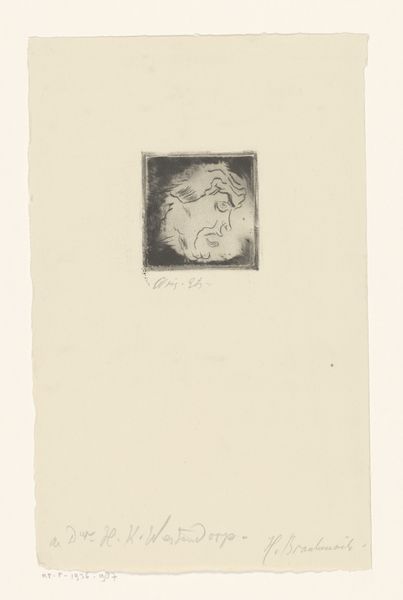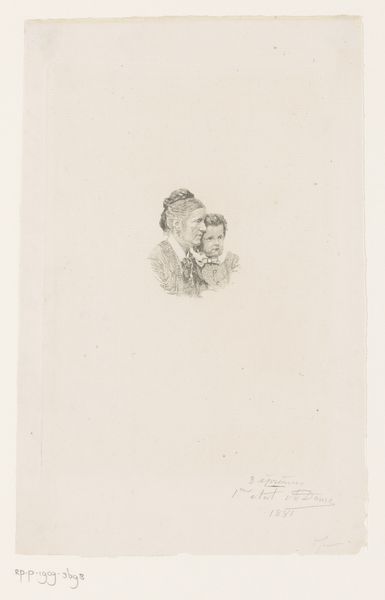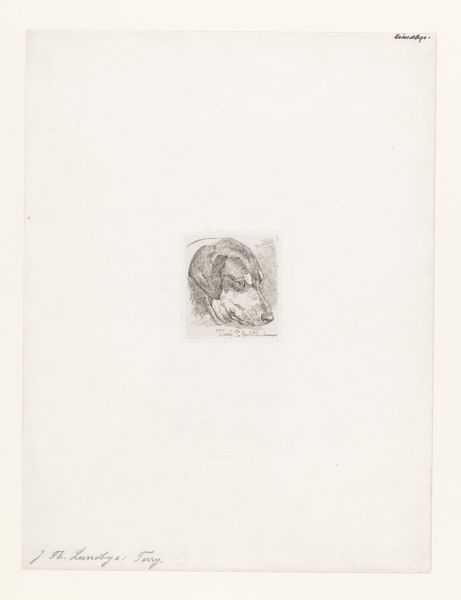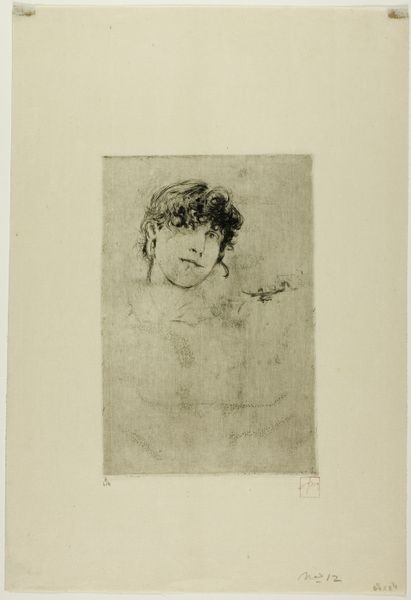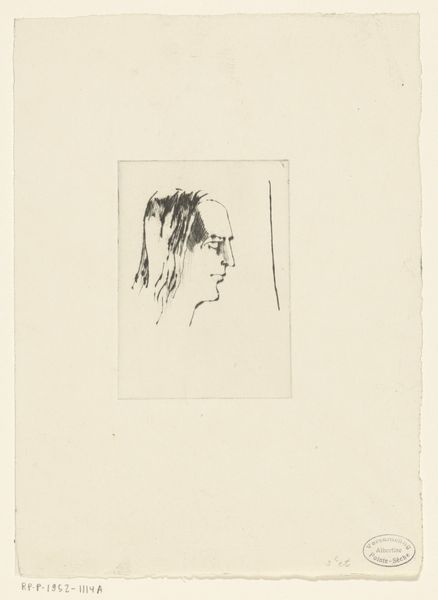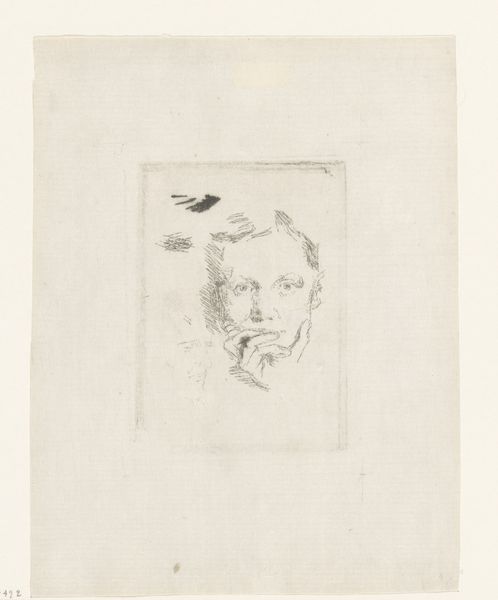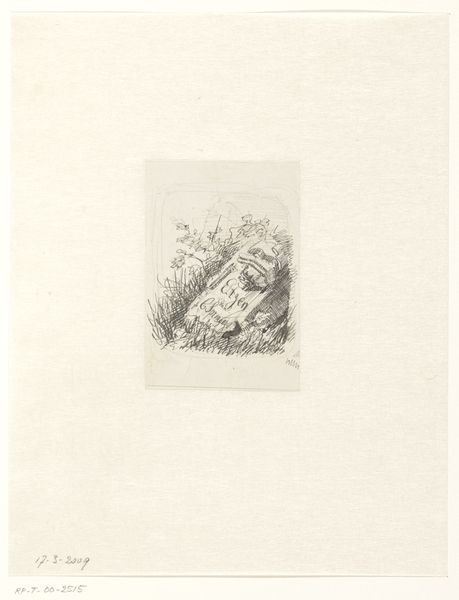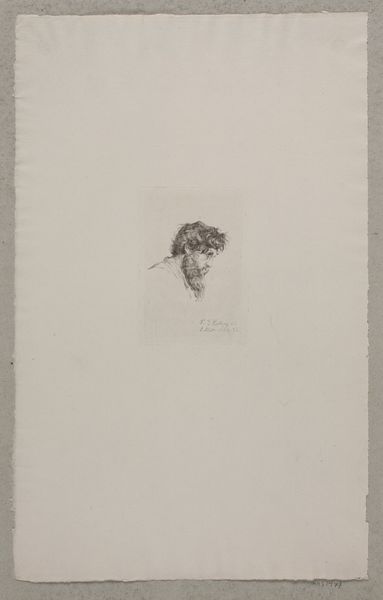
Dimensions: height 140 mm, width 95 mm, height 321 mm, width 247 mm
Copyright: Rijks Museum: Open Domain
Curator: Here we have Pierre Bonnard's "Staande naakte vrouw die zich afdroogt", or "Standing Nude Woman Drying Herself", a pencil drawing from between 1910 and 1914. Editor: My first thought is that the quick, scribbled lines feel intensely private, like a stolen glimpse. It's surprisingly intimate for a figural study. Curator: It absolutely is. Bonnard was part of the Post-Impressionist movement, and it shows. Unlike academic nudes meant for public display, there's a focus here on capturing a fleeting moment and its emotional impact rather than idealizing the figure. Consider the institutional framework. Who typically views such images? Are we, the public, meant to have this access? Editor: That's interesting. In a classical nude, the figure often poses or looks out to meet our gaze. Here, she's caught in the act of drying herself, head turned away. There's almost an echo of Diana surprised at her bath. We become the voyeurs. What of that square shape behind her, does it stand for something beyond its face value? Curator: It probably represents the towel, but I think your instinct is right to search for deeper symbolism. The towel almost seems to be a shield or a boundary between her world and ours. Think about what such everyday acts, especially acts of female hygiene, symbolized at the turn of the 20th century: purity, privacy, perhaps even a hint of nascent female empowerment within the domestic sphere. Editor: And even today, that motif persists. Cleanliness can symbolize moral purity, a fresh start, even spiritual renewal. The rough marks give it immediacy, suggesting the rapid movement of the towel but I suspect this simplicity masks complex iconography. Curator: Indeed. And the art market itself plays a role in this narrative. Pencil drawings such as this one were once considered preliminary studies and preparatory sketches, but today, such works allow an unfiltered window into the artistic process. This sketch allows us to re-evaluate societal values reflected through the act of Bonnard sketching an intimate image. Editor: This brief encounter has certainly expanded my understanding of how artists subtly challenge conventional figure representations. I'll never see the nude the same way again. Curator: Precisely, and this work allows us to appreciate not only Bonnard’s artistry but the cultural landscape surrounding such portrayals and that they reflect deeper symbolic meanings as well.
Comments
No comments
Be the first to comment and join the conversation on the ultimate creative platform.

